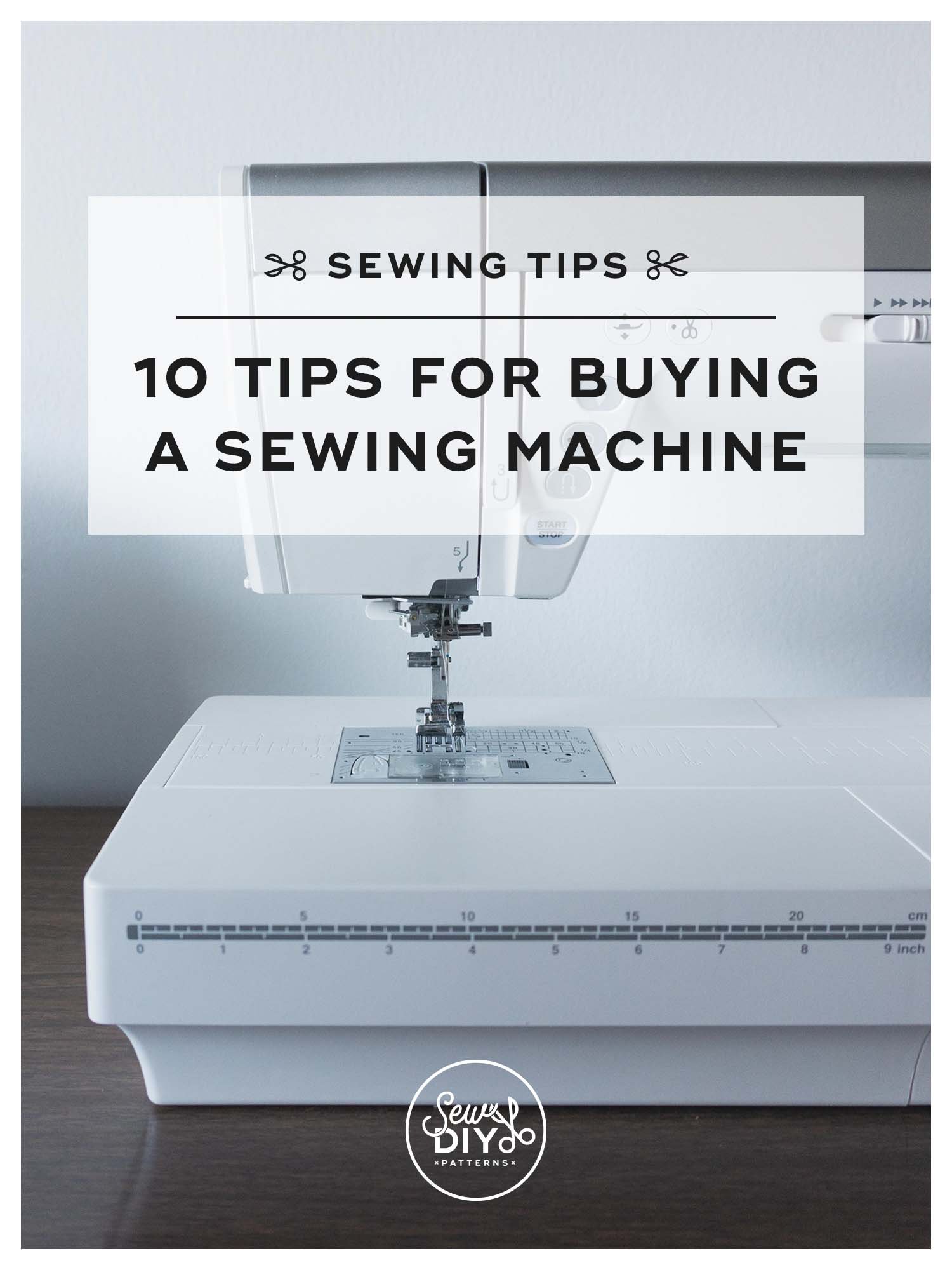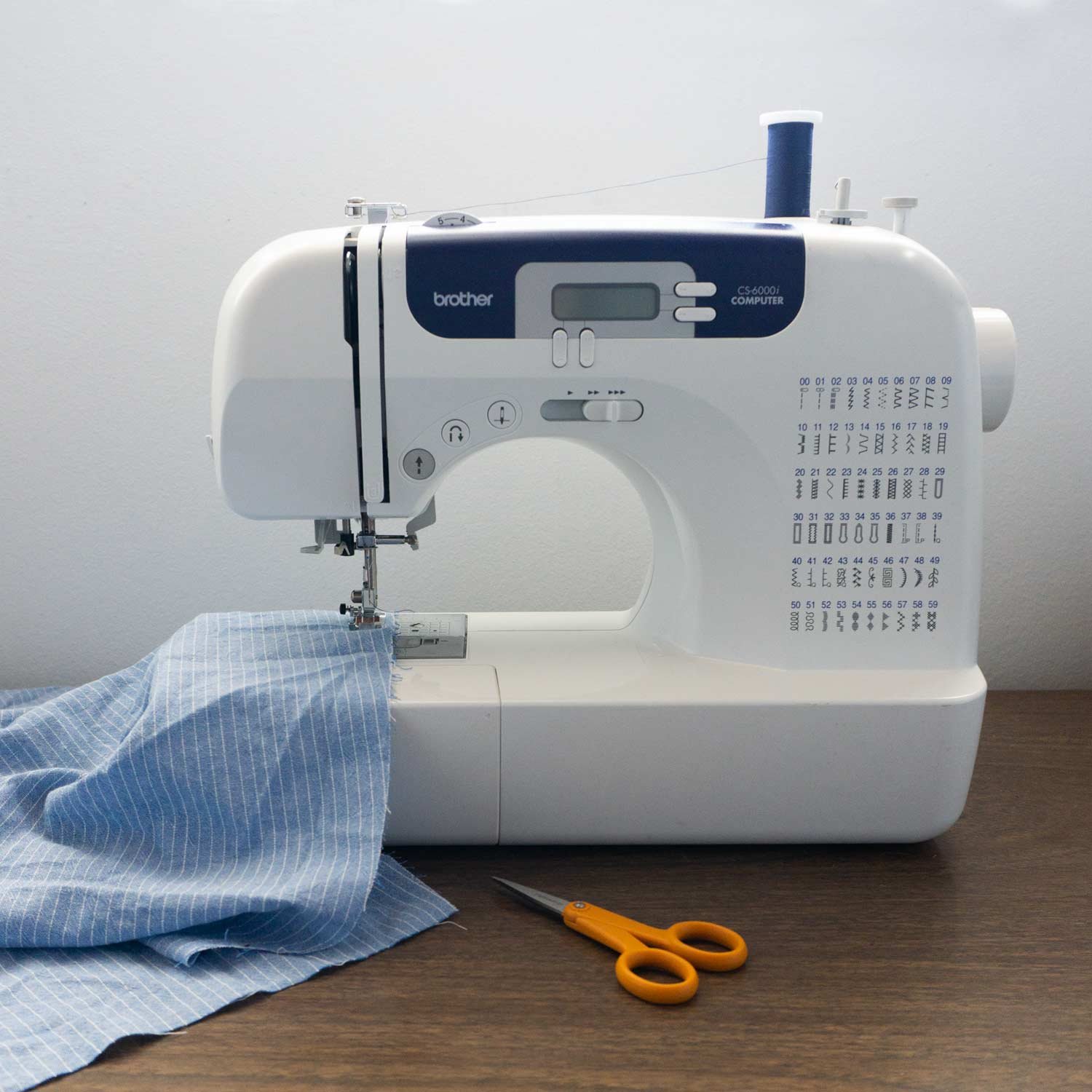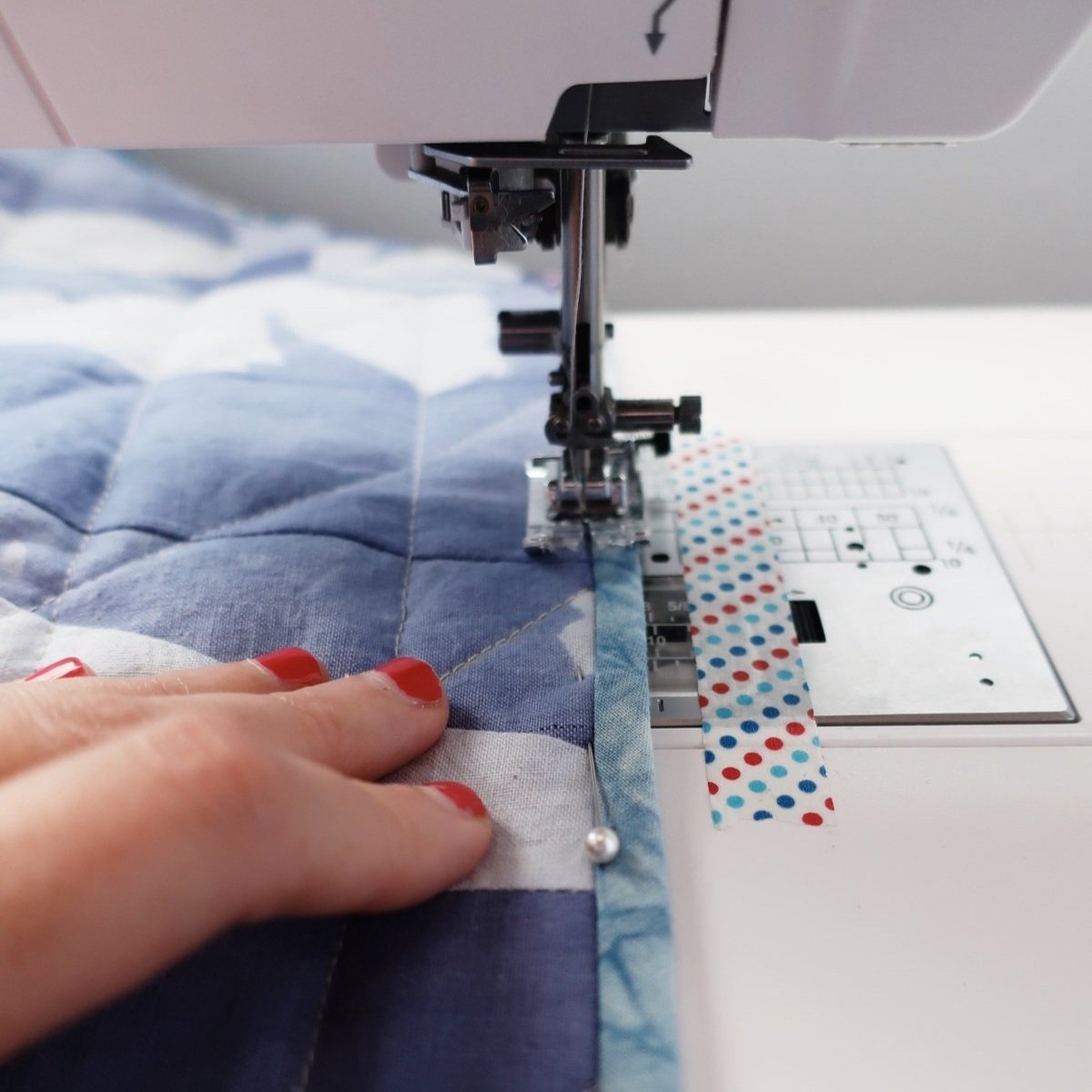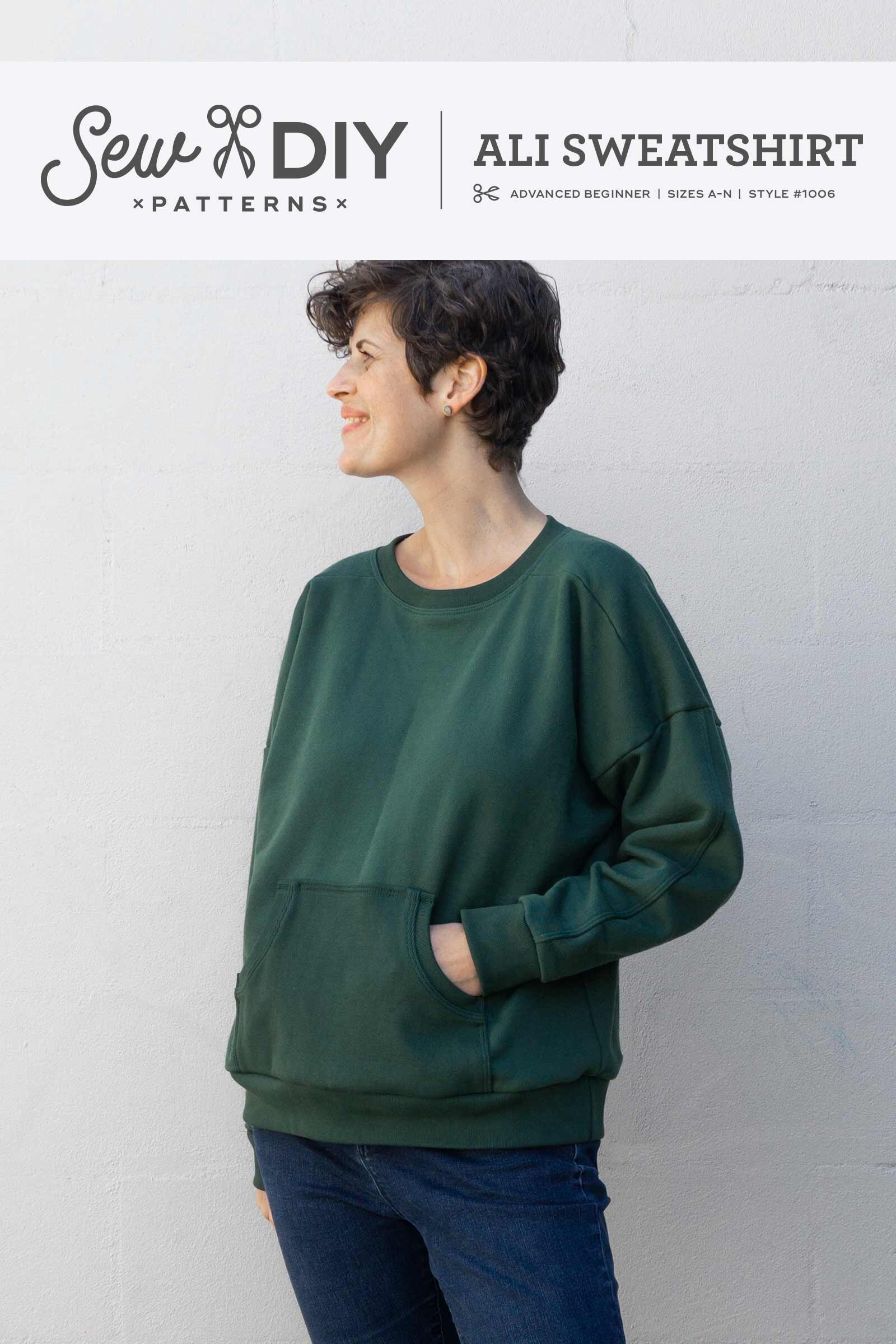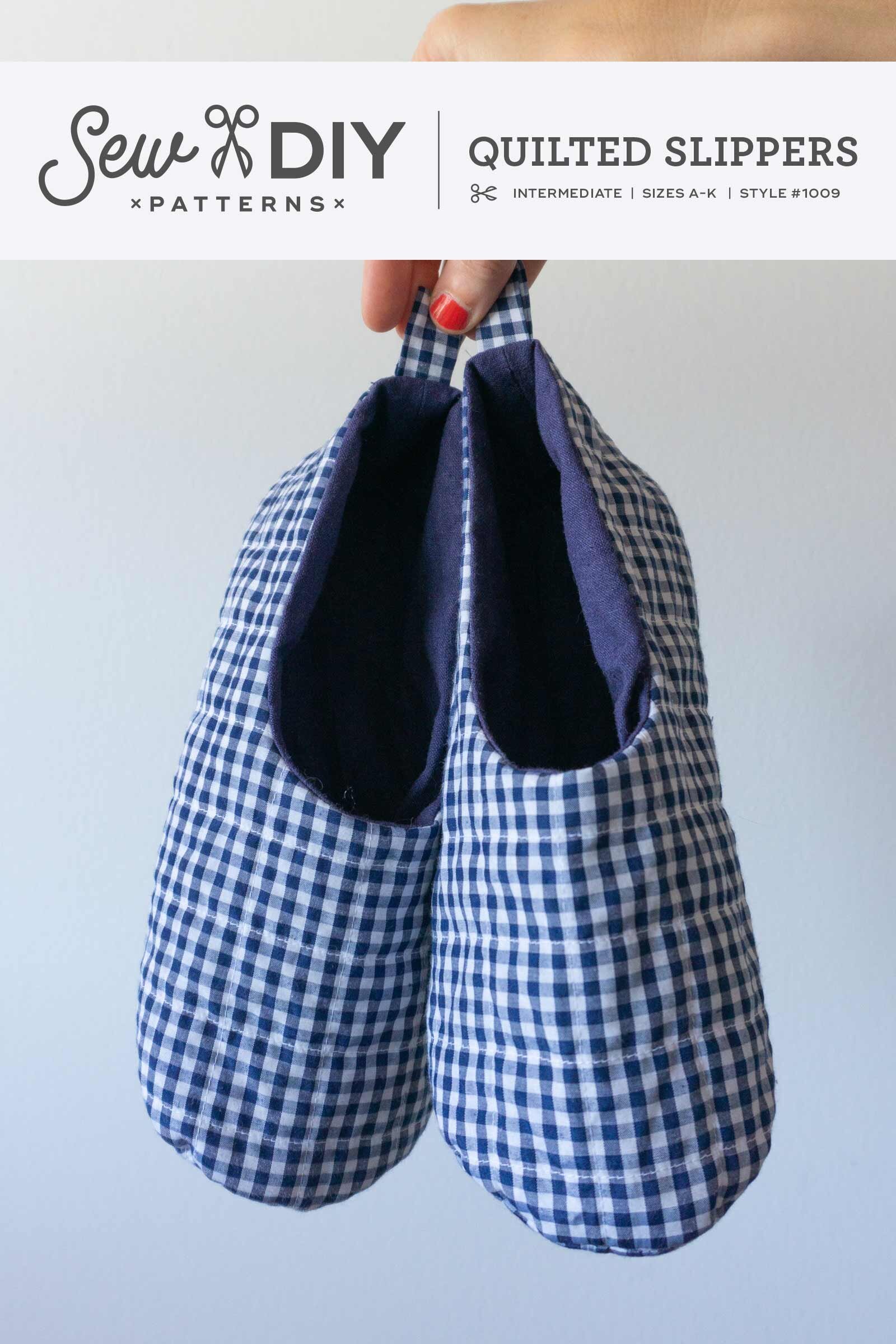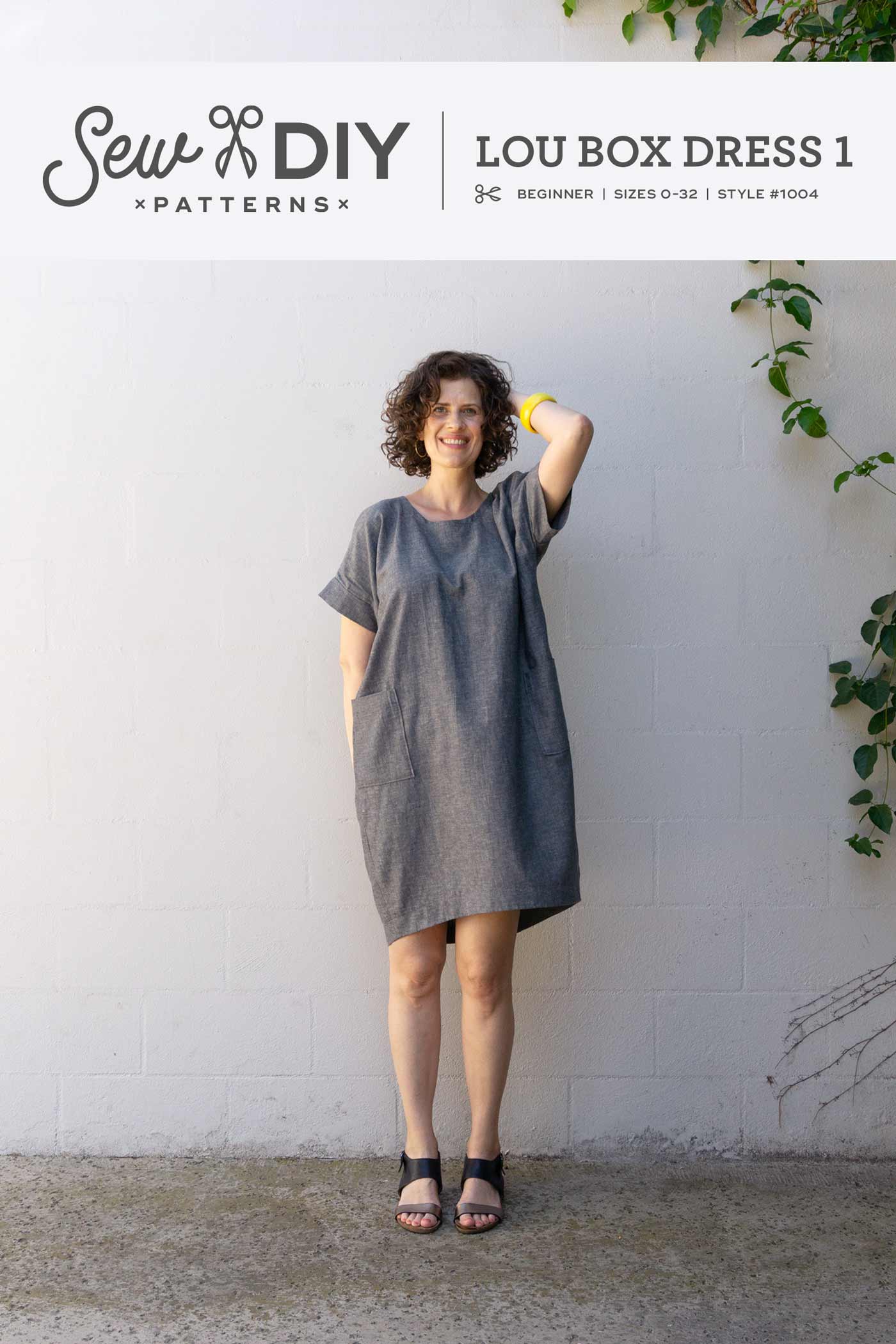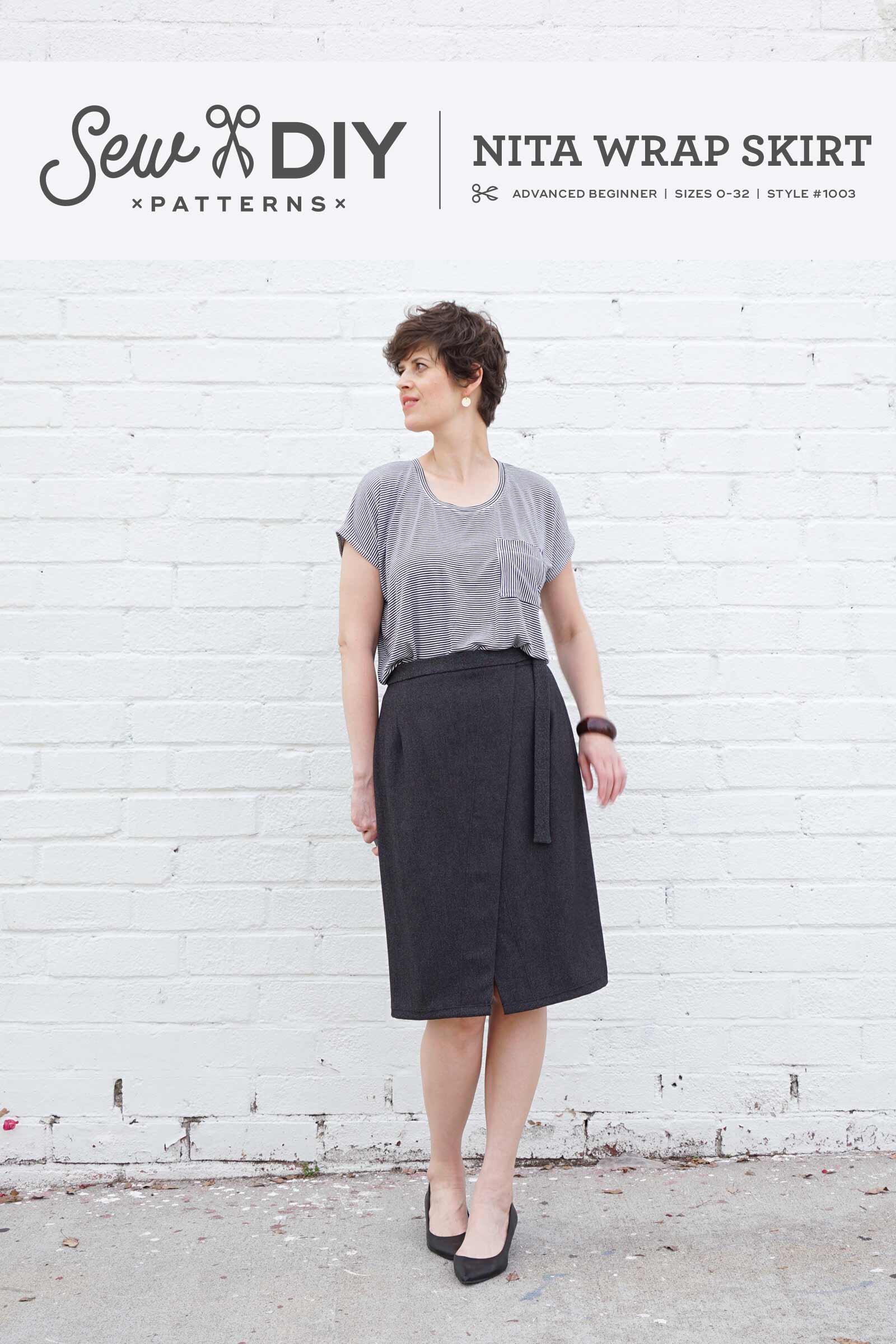One of the most common questions people ask is what kind of sewing machine they should buy. There are many different brands and models of sewing machines that run the gamut of pricing from hundreds to thousands of dollars. With all those options, it can be a little overwhelming to figure out where to start. And when you’re buying a sewing machine, you want it to be a piece of equipment that you will love using for many years to come. Whether you are looking to start sewing or want to upgrade your current machine, these tips will help make the process of buying a sewing machine as smooth as possible.
I bought my current machine about four years ago. I'm really happy with the machine and I believe that's because I was very careful and thoughtful with how I approached the purchase. Today, I'll be sharing all of those tips with you so that no matter what your budget is, you will (hopefully!) end up with a machine that you love using for many years to come.
One important thing to note before we jump in, I'm not going to be recommending any specific brands or models. Rather, I'm sharing the things you should take into consideration in order to find the sewing machine that is the best fit for you, and tips for the shopping process. We all have different preferences and needs so what works for me, may not be a good fit for you. That said, I am planning to do a video soon about the machines that I use.
Watch the video above for all of my tips, or if it's not working, you can watch it on YouTube here.
10 TIPS FOR BUYING A SEWING MACHINE YOU’LL LOVE
Determine your budget.
Sewing machines can cost anywhere from nothing (score!) to thousands of dollars. Before you start shopping, it's good to know how much money you want and can afford to spend. When you go to a sewing machine dealer, it's really helpful to know the maximum you want to spend because then the sales person will be able to direct you to machines in your price range. Most sewing machine brands have different price tiers that can fit a range of budgets.There's absolutely nothing wrong with buying a cheap machine. For most of my sewing life, I used bottom of the line Brother sewing machines and those clothes held up just as well as the clothing made on my top of the line Janome. A more expensive machine might have better stitch quality but it's not something that you'll be able tell unless you look super closely.
Consider borrowing a machine.
Lots of people have a sewing machine sitting in the closet that they're not using. So, if you're on a budget or just starting out, ask your friends, family members, coworkers or neighbors, if they have something you can borrow. Sometimes, local libraries will even have machines available to borrow or use. You can also look for discounted or free machines in your local buy nothing group, Craigslist (do people still use that? lol), Facebook marketplace or Nextdoor.Decide which features are must-haves for you.
For me, I want a machine that has a walking foot and the ability to sew a wide range of fabrics. I also prefer an automatic buttonhole stitch. I had a Bernina for a period of time that did not have an automatic buttonhole stitch which taught me that that feature was a must-have for me. Other features might be automatic thread cutting or special embroidery stitches. Your must-have features may be the same or they may be completely different.If possible, buy from a local sewing machine dealer.
The dealer will be able to help you find the machine in your price range and with the features you want. You'll be able to try out the machine in the store and they will also often offer lessons with the purchase of the machine.Consider a used or refurbished machine.
Buying a second hand machine is a great way to save money. You can find them online and also at your local dealer. The machine I bought was the floor model at the dealer and they gave me a discount because it was lightly used. The only drawback of buying online is that you won't be able to sew on the machine before you purchase. Some dealers may also take your old machine if you are looking to upgrade, so it's good to start a relationship with a dealer for a brand that you like.Try multiple brands.
Most sewing machine dealers only sell a handful of brands, so, if possible, it's good to go to a few dealers. You'll be able to try out a variety of brands and see what you like most. Remember, visiting a dealer does not require you to purchase there. It's totally ok to say, "I'm not sure. I'm going to take some time to think." or "This machine just doesn't feel right for xyz."In my experience, some machines will have a set up that feels more natural than others. For example, when I tried Baby Lock machines, I was surprised that the angle of the computer screen pointed down and at my height, it was uncomfortable to try and look at it. I know a lot of people love Baby Lock but the set up just didn't work for me personally.
Do some research.
If you're looking at a certain brand or model, ask around to see if other people have experience with it. You can also look for reviews online about particular makes and models. It's especially helpful to find reviews from people who have been using a machine for a longer length of time.Ask questions.
The sales person at the dealer should be able to tell the differences between different models and how to use them. Have them show you how to thread the machine or wind the bobbin. You want to make sure that it's a process you're ok doing.Take notes.
There will be a lot of different machines with different features and it can be hard to keep track of all of them. It's a good idea to take notes of the model, features, and price. Remember, you don't have to buy a machine the same day you go shopping. You can go home and compare your notes, do more research and think before you commit. You'll be using this machine for years to come and it's worth the time you spend in making this decision.Test drive the machines.
It's totally normal to do this and they will let you spend time with the machine. You can bring scraps of fabric and see how the machine performs with different stitches and different types of fabric. Do all the things that you normally do when sewing. And if you're not sure how to do something like a buttonhole, ask for assistance. You want to make sure that you know what you're getting before you buy.
The main goal with all of these tips is to find the machine that is the best fit for you. Ideally, you'll end up with a machine that fits your budget, performs all the functions you need it to, and is a machine that you feel comfortable using. It's actually a lot like buying a car, which is why I highly recommend doing as many "test drives" as you can. I hope that these tips are helpful for you and if you’d like to support this free content, make sure to check out the shop below. Happy sewing!

